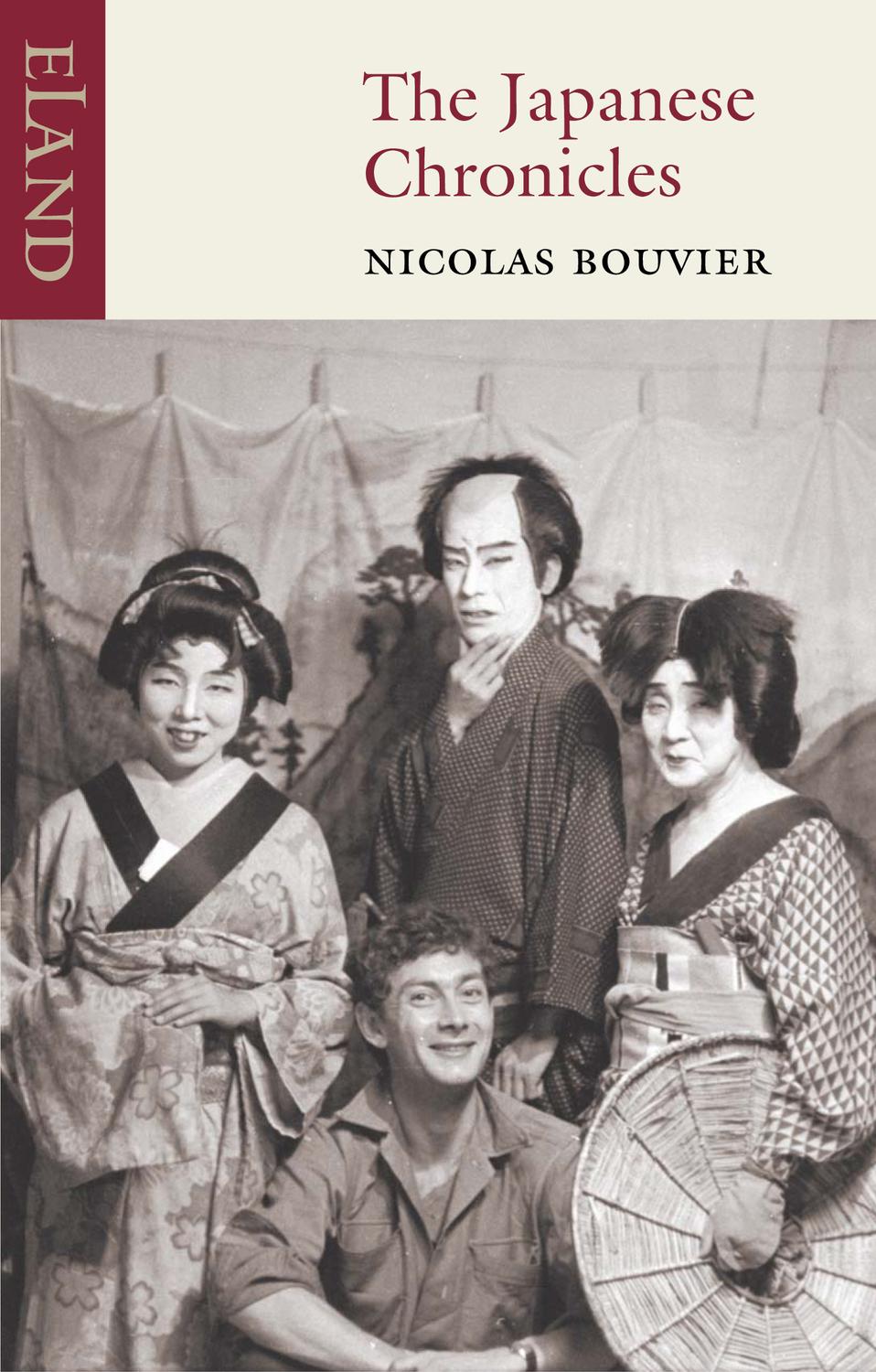‘The Japanese Chronicles’, Nicolas Bouvier’s Voyage to Japan
In this book, the travelling writer compiles his memories of his journeys in the country between 1955 and 1970.

ELAND
When Nicolas Bouvier set foot on Japanese soil for the first time, he had just turned 26. A journalist by trade, he settled in the capital and tried to make a living by selling texts to Japanese magazines, before reinventing himself as a neighbourhood photographer. Between 1955 and 1956, Nicolas Bouvier wandered through the streets of Tokyo in search of the best profiles to capture on camera and mixed in with a population with codes, customs, and a language unfamiliar to him.
His wanderings gave rise to a first book in 1967, entitled Japan. This was followed several years later by the story of his two other stays in Japan: in 1964, when he lived in Kyoto for two years with his wife and children, and in 1970 when he travelled to the country for the Osaka World Exhibition. Thus, The Japanese Chronicles came to be in 1975.
In this text, a hybrid of historical fresco and travel journal, Nicolas Bouvier calls on his memories and impressions as a traveller. He also questions the place of the foreigner in Japan, a destination still rarely visited by westerners at the time. He adds a more historical dimension to his personal reflections by narrating the history of the country from its mythological origins.
An encounter with Japanese ambivalence
‘The voyage will not teach you anything if you do not accord it the right to destroy you – a rule as old as the world itself. A voyage is like a shipwreck, and those whose boat has never sunk will never know anything about the sea. The rest is skating or tourism’, the author declares in the very first pages. The Japanese Chronicles does not offer an enchanting vision of the country, which did not hold only pleasant surprises for him, but is marked by a lively style full of images and a keen sense of humour that accompanies the reader throughout.
Tokyo, Kyoto, Osaka, but also Hokkaido and the remote countryside, Nicolas Bouvier sketches an intriguing image of a Japan with multiple sides. It is warm, yet distant. The Japanese Chronicles is a work that remains for many a reference in travel literature. It is in the same vein as The Empire of Signs by Roland Barthes, in which the semiologist records his various experiences in Japan, which were less adventurous certainly, but just as marked by the discovery of a country that shakes up western codes and conventions.
The Japanese Chronicles (1975), by Nicolas Bouvier, published by ELAND.
TRENDING
-
The Tattoos that Marked the Criminals of the Edo Period
Traditional tattoos were strong signifiers; murderers had head tattoos, while theft might result in an arm tattoo.

-
Paris, Tokyo: Robert Compagnon
With his co-chef and talented wife, Jessica Yang, Robert Compagnon opened one of the top new restaurants in Paris: Le Rigmarole.
 3:31
3:31 -
Chiharu Shiota, Red Threads of the Soul
Last year, more than 660,000 people visited the retrospective 'Chiharu Shiota: The Soul Trembles' exhibit at the Mori Art Museum.

-
‘Before Doubting Others, Doubt Yourself. Who Can Truly Say a Dish Isn’t What It Used to Be?’
In ‘A Non-Conformist’s Guide to Surviving Society’, author Satoshi Ogawa shares his strategies for navigating everyday life.

-
The Story of Sada Yacco, the Geisha who Bewitched Europe
Described by Dazed magazine as the first beauty influencer, she has been restored to her former glory since 2019.





